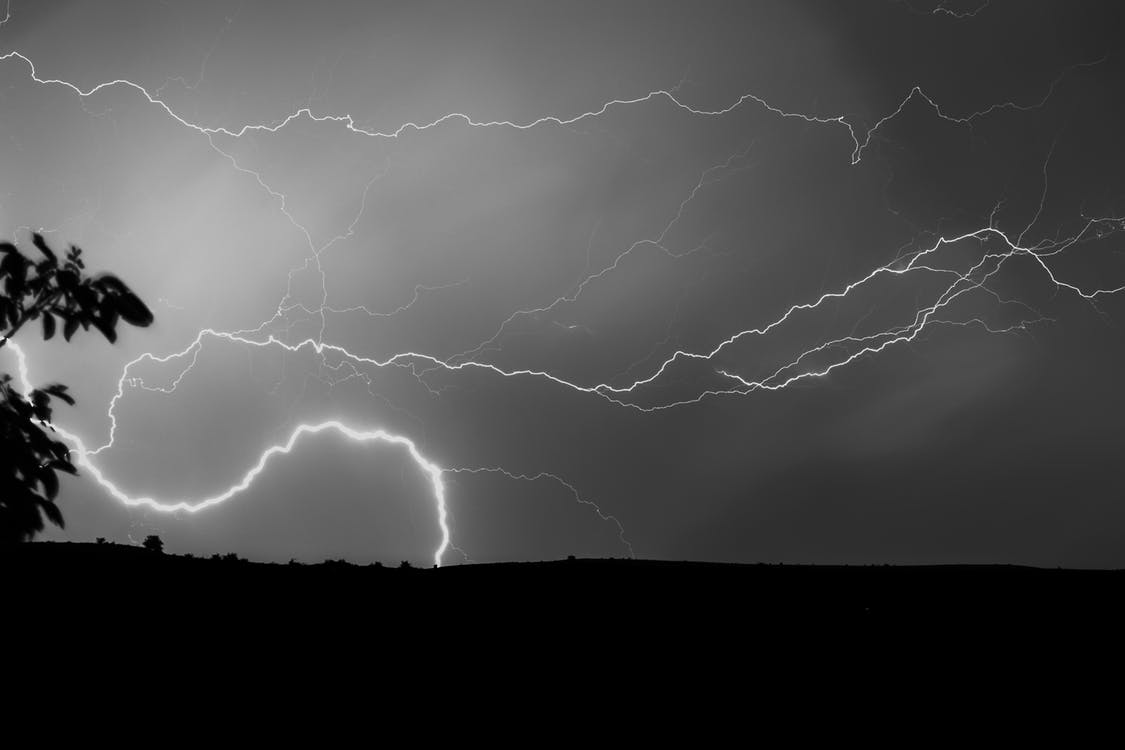
How to Prepare for Inclement Weather
Image Source: Pexels
Inclement weather can mean a lot of different things, especially in states with erratic weather like Indiana. Flooding, snow storms, tornadoes — there are many forms of inclement weather and natural disasters that can carry many consequences, and each situation calls for different methods of preparation. However, having some basic supplies and a plan in place can make getting through inclement weather a little easier. Weather can be unpredictable, so having some preparations in place so that you can react on a moment’s notice may save your life.
Before inclement weather hits, it’s always a great idea to have insurance coverage to protect your estate after the storm is over. You’ll also want to prepare your vehicle for the type of weather you may experience and have an emergency kit available. Based on likely natural disasters in your area, make appropriate contingency plans for each and make sure family members know what to do. Finally, listen to any available disaster instructions for your area.
Get Your Insurance Policies in Order
Inclement weather can do a lot of damage to your home and personal property, which is why it’s helpful to have some kind of insurance in place in order to protect your estate. For many business owners, commercial property insurance is a great option because it protects your personal property, any tools and equipment, and other important documents, among other things. For those who aren’t business owners, homeowners insurance, disaster insurance, and other types of coverage are available. Flood insurance and customized weather policies are often available as well. Make sure you have those in order.
Prepare Your Vehicle
Your car will require different preparations depending on the type of weather you’re trying to prepare for, but it’s key to have your car ready for the type of weather you’re concerned about. The first tip in preparing your car for any kind of extreme weather is to keep your car tuned up so you don’t run into any repair issues if you need to leave your residence.
Other tips include:
- Make sure your tires are effective, that your oil is changed, and that your fluids are full.
- If flooding has already begun, don’t drive in flooded areas.
- Severe weather also brings wind, so be careful not to park your car near any trees.
- For winter driving, use snow tires and create an emergency kit for your car with water, a first-aid kit, and a whistle.
Have an Emergency Kit Available
Your emergency kit may be in your car, in your home, or in a storm shelter, but each emergency kit should have a few key items. Communication, sustenance, hydration, health, warmth, and light are a few needs you should be prioritizing in your emergency kit:
- Food: Find food that will keep for a long time that’s high in protein, like tuna or beans.
- Water: Storing enough water for each family member to have one gallon of water per day for three days is a good place to start.
- Flashlights/candles: Severe weather often leads to power outages, so it’s a good idea to have flashlights, headlamps, or candles around.
- Radio: A radio will give you a way to hear outside communication. Don’t forget extra batteries!
- Whistle: A whistle will allow you to alert rescuers to your location.
- Blankets: Blankets will help you stay warm and comfortable while waiting for the weather to pass.
- First-aid kit: Bandages, gauze, adhesive tape, antiseptic, and other first-aid basics will help you attend to any medical issues.
Make a Plan for Each Situation
A tornado, blizzards, and thunderstorms will all carry with them a different set of plans for preparation. In many cases, you’ll want to stay indoors. Bring in what you can, secure your animals, lock the doors and windows, and wait it out.
- In the case of a tornado, head to a storm shelter, basement, or a room without windows and stay there with the family and your emergency kit.
- In a flood, you can move important belongings to the highest areas of your home. Even when your home floods due to a broken pipe or a leak it’s best to turn off your electricity, and in a weather flooding situation you can do the same. The best course of action is to head to higher ground yourself.
- In a blizzard, stay inside and prepare by keeping a shovel, kitty litter for traction, and rock salt for de-icing.
Listen to Any Disaster Directions in Your Area
One part of your preparation for inclement weather should listening to any directions given by emergency services in your area. If you’re told to evacuate, you should. Your county may set up a shelter in a safe area, which may be your best choice for evacuating but staying close to home.
Having a radio is a great way to stay informed of any directions in regards to leaving your shelter, evacuating your area, or staying inside. Make sure both you and the other members of your family are aware of your disaster plans, and to listen to any directions they hear from emergency services as well.
The weather can be unpredictable, but you can be ready for it by having a few plans in place that can aid you at a moment’s notice. Looking into your insurance policies now, before severe weather happens, can give you peace of mind. Keeping up with your car maintenance and creating an emergency kit will make it easier to get to a safe place and to have the supplies you need. Making a plan for the whole family and following any instructions by emergency services will ensure you’re in the safest position possible.






